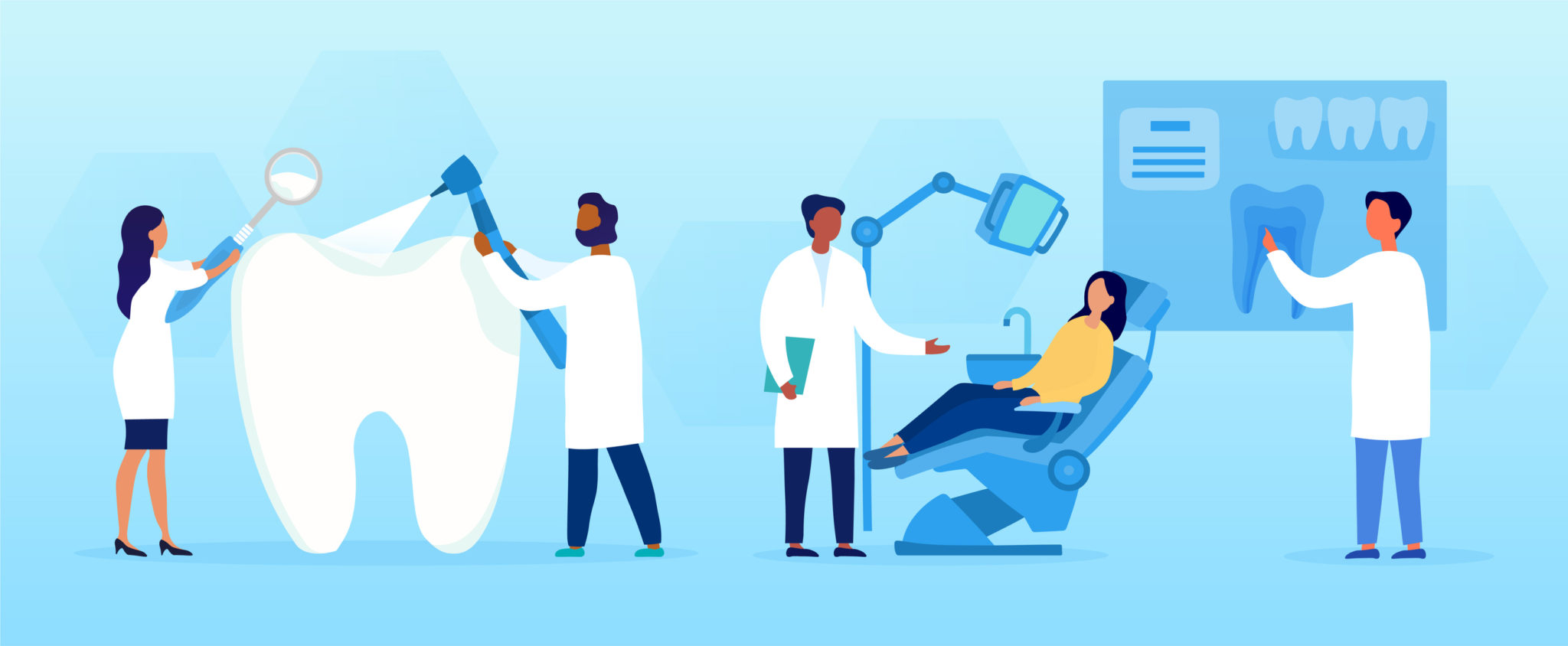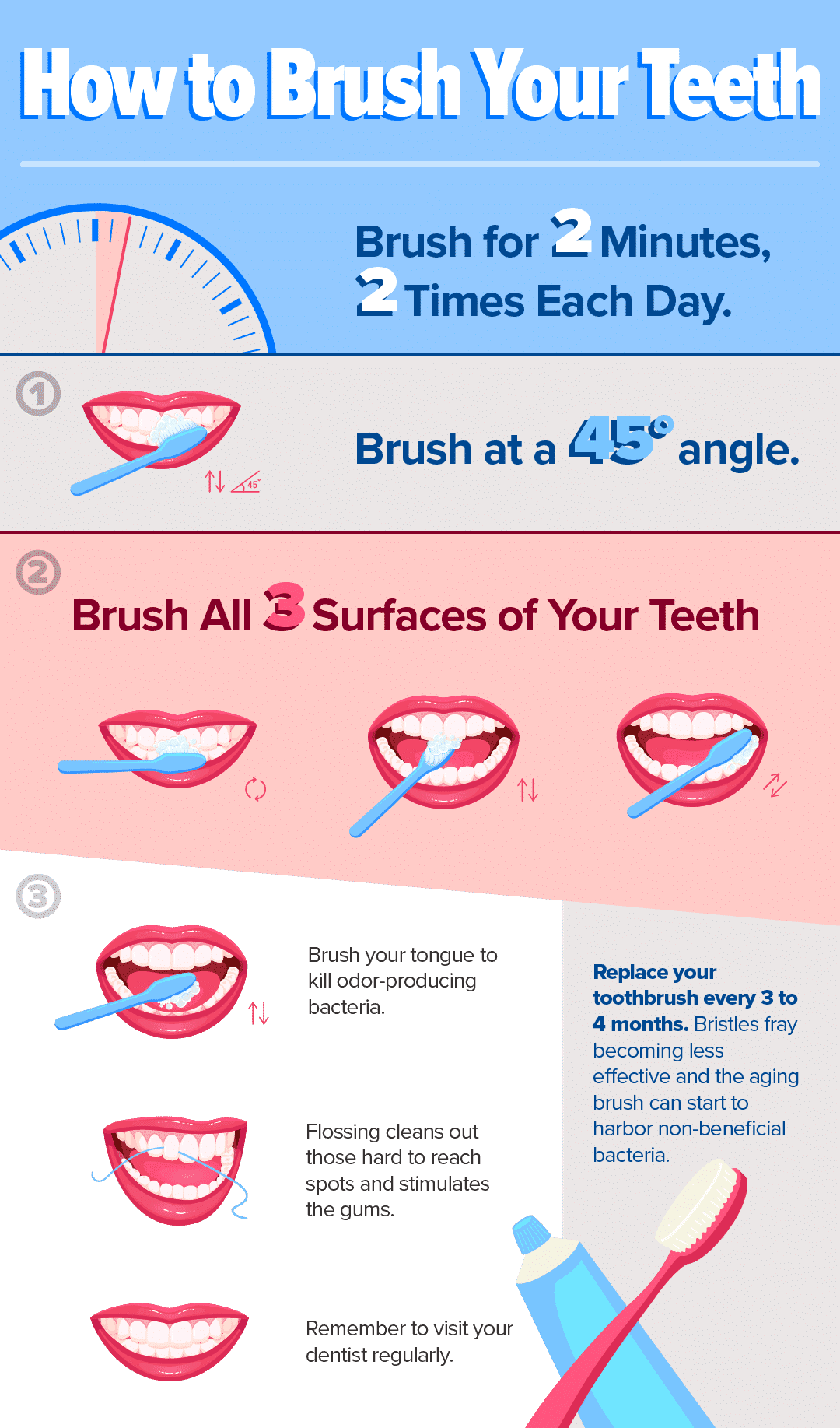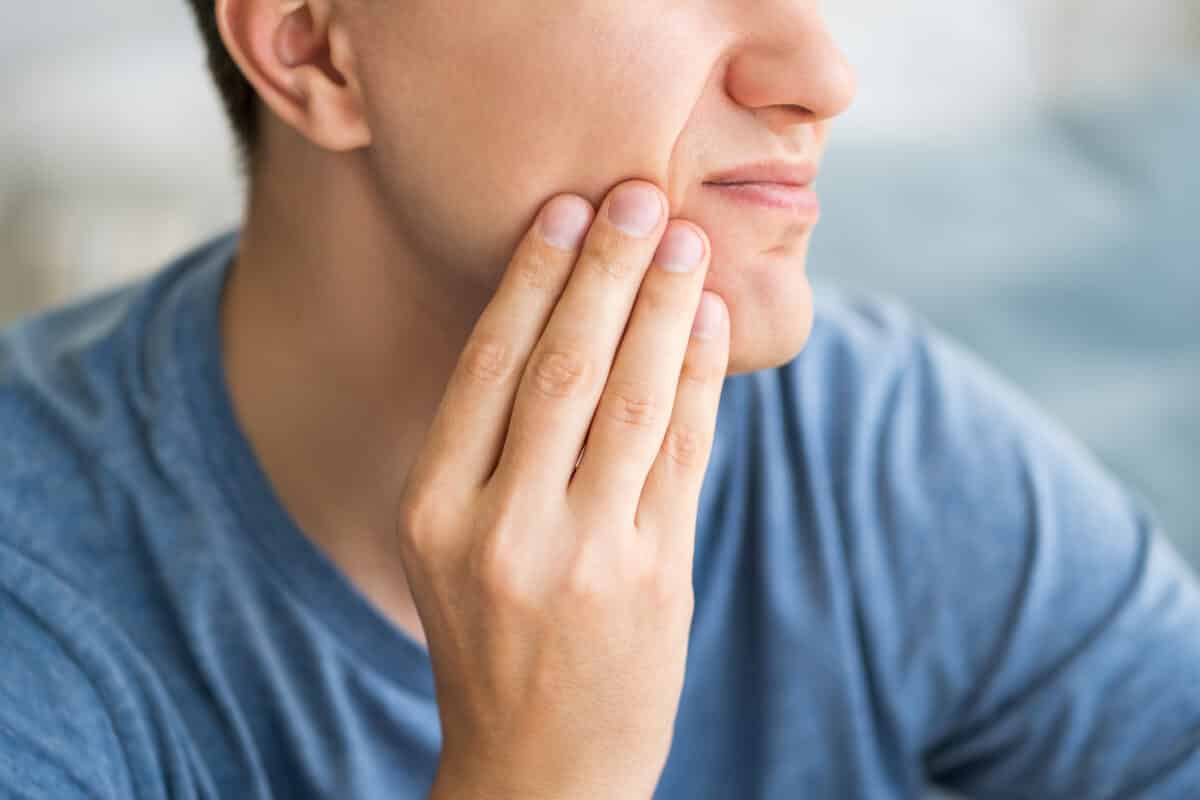Did you know that your mouth is filled with roughly 6 billion bacteria spanning over 700 species? Some of this bacteria, if left unchecked, can seriously impact your oral and overall health. This October, we want to recognize National Dental Hygiene Month by discussing the steps you should take to protect your oral health.
Introduction
While October brings with it the start of fall weather, it also marks the beginning of National Dental Hygiene Month! It is the perfect time to celebrate your oral health and remind yourself of all the work you put into it.
This means brushing your teeth twice a day with fluoride toothpaste, flossing daily, getting an annual dental check-up, and scheduling regular cleanings at your dentist’s office. These tasks will keep your mouth feeling healthy and happy. They will also help prevent gum disease and bacterial growth between your teeth. In addition, maintaining your dental hygiene helps keep the rest of your body healthy.
Why is Dental Hygiene Important?
Bacteria most frequently enters your body through your mouth. While most of the bacteria already present in your mouth will not harm you, some outside bacteria can cause disease. Regularly cleaning out this bacteria prevents oral infections and tooth decay. Studies have shown that oral bacteria and gum disease can lead to other diseases involving the heart, blood vessels and lungs. With that in mind, we’ve put together some helpful tips on how to best take care of your mouth and teeth.
1. How to Brush Your Teeth
It may sound silly, but reviewing the fundamentals of teeth-brushing is the first step in managing your dental care routine. The American Dental Association recommends the following:
- Brush twice a day with a soft-bristled toothbrush and fluoride toothpaste. The size of your toothbrush should allow you to easily reach all areas of your mouth.
- Place your toothbrush at a 45-degree angle relative to your gum lines.
- Brush back and forth using short strokes that focus on each tooth.
- Brush all three surfaces of your teeth: the outer surface that shows when you smile, the inner surface facing the tongue, and the chewing surface.
- Brush for a total of 2 minutes.
2. Why Flossing is Important
Flossing is a simple, yet effective way to clear the plaque between your teeth. Plaque is the sticky film consisting of saliva, food, fluids and bacteria that grows on your teeth over time. Though soft at first, plaque can harden over time into tartar. Tartar is far more difficult to clean.
The buildup of plaque can cause tooth decay and gum disease. While brushing is a fantastic means of cleaning the plaque from the surfaces of your teeth, it’s ineffective at reaching those hard-to-reach spots between your teeth. Thus, flossing ensures your teeth are as clean as possible.
3. Tips for Healthy Eating & Drinking Habits
Many foods and drinks can affect your oral health if they are high in sugar. When the sugar in your food reacts with the plaque coating your teeth, it forms an acid. That acid can erode the protective enamel of your teeth for up to an hour after consuming excessively sugary foods.
If you love your morning coffee or tea—like many of us do—consider drinking it with a straw to keep the liquid from lingering in your mouth for too long. Do you drink one can or more of soda each day? Try cutting back. Instead of sipping sugary beverages throughout the day, switch to drinking water.
Having a balanced meal that contains some sugar is perfectly healthy. Avoiding excess is key. Your own saliva combats the acid that could harm your teeth. This is why it is a healthy habit to restrict your sugar consumption to mealtimes when your body naturally produces more saliva.
4. When Should I Go to the Dentist & Why is it Important?
Everyone is different. How frequently you should visit the dentist depends largely on your own oral hygiene, medical conditions and risk factors.
On average, most people should visit the dentist once or twice a year. However, some individuals may be at a higher risk of oral disease and may need to see their dentist upwards of four times a year. Always consult your dentist about when you should schedule your next appointment, especially if you have demonstrated any of the following risks:
- Pregnancy
- Smoking
- Diabetes
- Weak immune system
- Former/active gum disease
If you are in a high-risk group, visit your dentist regularly—preventative care is vital. Dentists and hygienists are trained to detect subtle oral complications that you otherwise may not have noticed. Catching illnesses like oral cancer early on can make a world of difference.


















